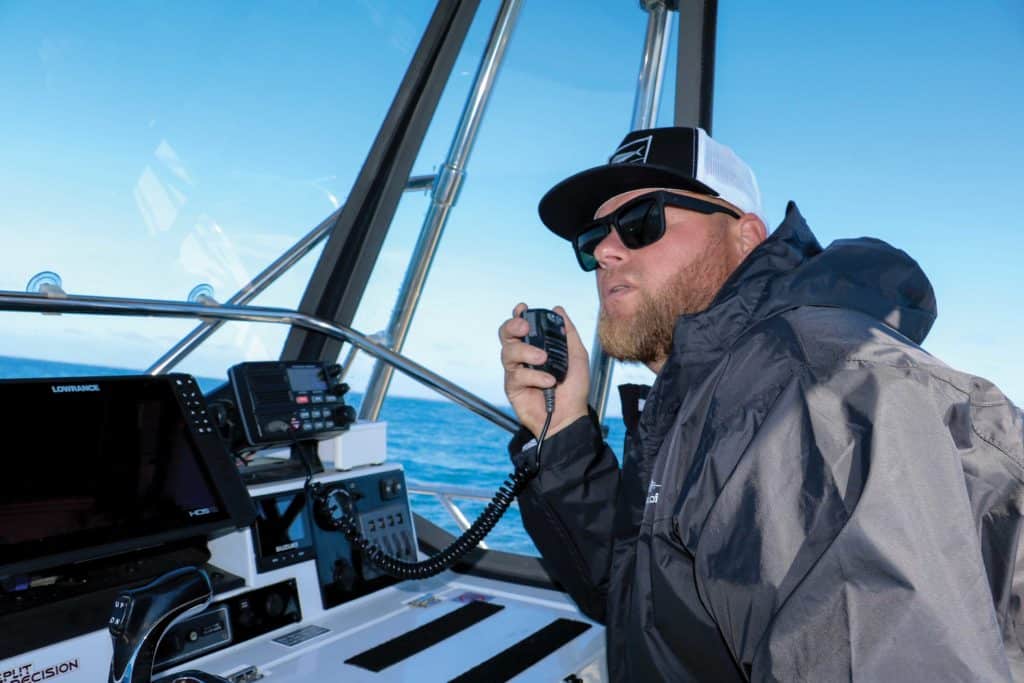
The most memorable VHF conversation I’ve had was some 30 years ago, with a captain off the coast of Southern California, after overhearing his chatter about striped marlin jumping just about everywhere he looked. He was hunting for swordfish and didn’t bother with the marlin. I, however, had a guest from Penn Reels on my boat and was feeling pressure to produce. So, I hailed the harpooner.
“Skipper, where are you seeing those fish?” I asked. “About a mile southeast of the bank,” he crackled back. “Get here fast.” We high-tailed it to the hotspot and, within minutes of dropping lines, were hooked up with one of the three marlin we went on to release that August day. My friend from Penn was ecstatic.
Radio Fish
Though some skippers consider it a fool’s errand to pursue “radio fish,” VHF conversations can play a key role in your fishing success. This essential marine communication tool has led me to the action on a number of occasions, usually when another skipper alerts me to a hot bite. I try to reciprocate when I locate fish, hailing a buddy who’s struggling to hook up. That kind of gesture earns valuable brownie points that pay off when the tables are turned. On those rare occasions when I have caught all the fish I want, I will broadcast widely on the VHF, inviting any boat in the area to join in, just to accrue some good karma.
Tuning In
Intriguing VHF communications sometimes come indirectly, like the episode with the harpooner. But had I not been tuned to that particular channel, I would have missed the chatter that quickly changed our luck. That’s where the scan function on VHF from brands such as Cobra, Icom, Standard Horizon and Vesper proves invaluable to anglers.
Start by identifying key working channels among anglers in your area. Ask your fishing buddies, charter captains, marina managers and even tackle shops. If you plan to explore a new coastal region, ask some locals beforehand. Favorite channels often vary from one area to another, so don’t expect to get intel on the same ones you monitor on your home waters.
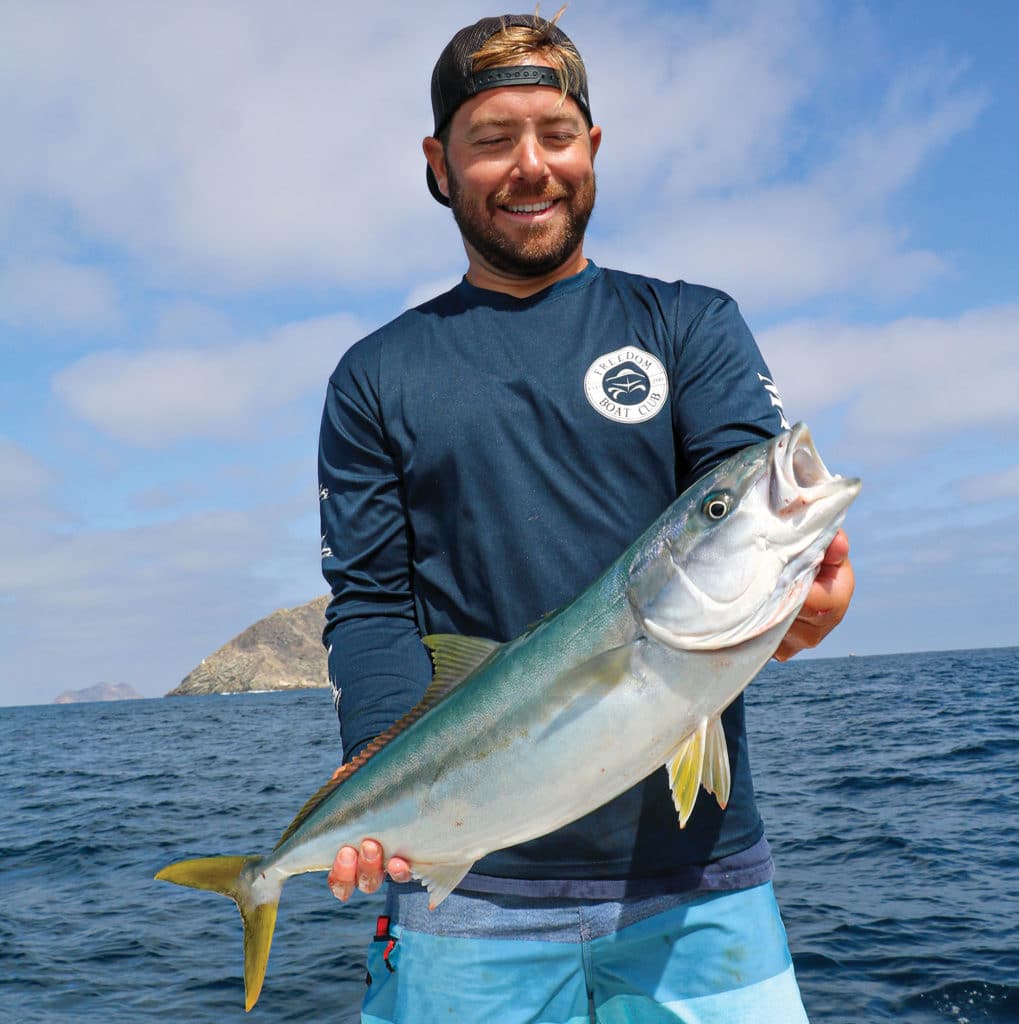
Program the commonly used channels into your VHF scan memory, then activate the scan mode for the entire day. Any traffic (within range) on those channels will automatically come through on your VHF. When it does, listen attentively for clues.
A skipper will often ask another to “switch over,” meaning they have agreed to exchange information on another channel. When this occurs, flip through the channels quickly to see if you can find the right one and listen in. If you do, don’t forget to reactivate the scan function afterward.
Tall Order
VHF radios use line-of-sight transmissions from the antenna. So, anything blocking the way can impede the signal, causing you to miss the frantic calls from a buddy in the midst of a feeding frenzy, trying to share the bounty. In open water, most VHF setups will communicate with others a few miles away, but the greater the distance, the more likely Earth’s curvature will block the transmission.
To maximize range, employ a VHF antenna with the highest gain practical. The most common include 8-foot, 6 dB models (often found on center-consoles) or 12-foot, 9 dB models (frequently on larger sport-fishers) from brands like Air Wave, Digital, Glomex or Shakespeare. Also, install the antenna as high as possible on the hardtop or tower. The combination of high gain and the high mounting point will provide the greatest VHF range, whether transmitting or receiving.
If you happen to damage any part of the antenna or cable, or components degrade over time, replace the entire antenna to ensure optimal VHF performance.
Digital Delivery
All fixed-mount and some handheld VHF radios have a DSC (digital selective calling) function required by the Federal Communications Commission as a means of instantly sending a distress call with your boat-position data to the US Coast Guard and other rescuers. However, DSC also lets you privately request and send position data with fishing buddies, a huge benefit when you want to keep locations and other information away from eavesdropping ears.
Procedures vary between VHF models when it comes to sending and receiving position data, so check the operations manual for the right steps, then practice the procedures before you go out fishing. It’s important to remember that for DSC functions to be effective, the VHF must have access to position data. This can be achieved by networking the radio with a separate onboard GPS receiver, or by using a VHF with built-in GPS, such as the Icom M424G. You will also need to obtain an MMSI (Maritime Mobile Service Identity) from the FCC, available on the BoatU.S. website and others.
Selective Hearing
DSC may be able to hide position data, but offers little privacy when it comes to voice communication. Anyone monitoring the VHF channel you select for your DSC voice communication can hear you talking. Nevertheless, a voice scrambler, often an optional add-on but a built-in function on some newer VHF models, helps to keep your conversations private.
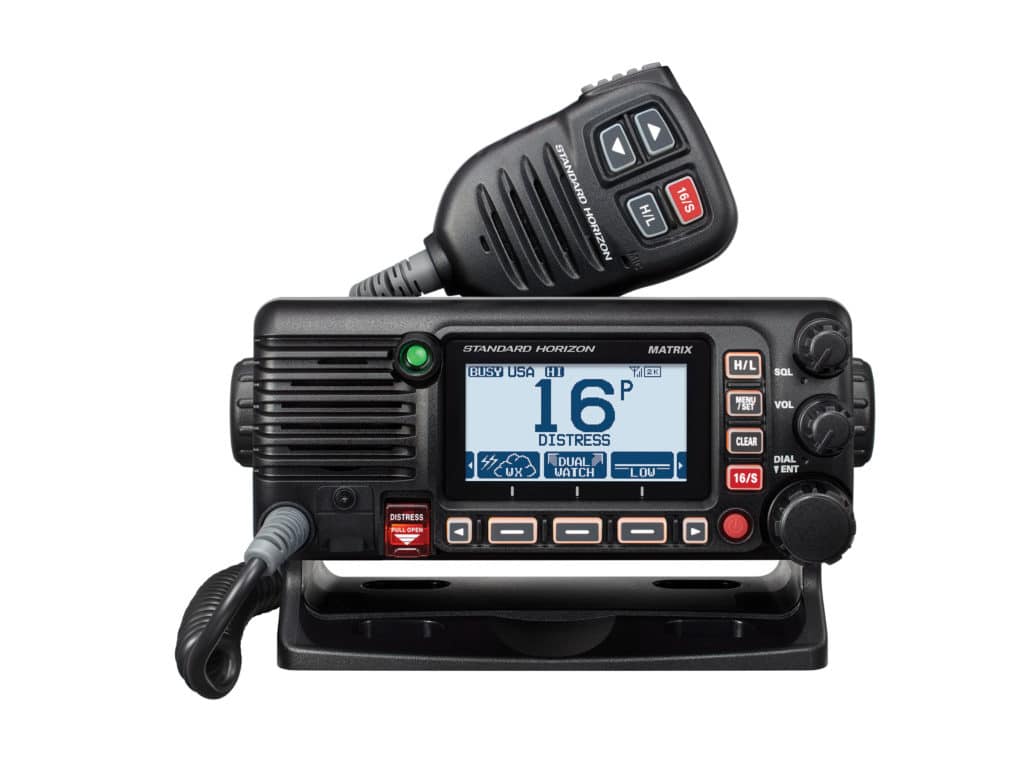
For example, the new Standard Horizon GX2400 has an integrated 32-code voice scrambler. As with most scramblers, it lets you select the channel to be scrambled; then you choose a code from, in this case, among the 32 provided. Its effectiveness depends on you and your buddies having scramblers, and all agreeing on the same code. You need to deactivate the scrambler to talk outside your group.
AIS Intel
AIS (automatic identification system) uses special VHF frequencies to broadcast the position of boats equipped with AIS transceivers to other AIS-equipped vessels within range. Some new VHFs have this feature built in. One of them is the Vesper Marine Cortex system, which includes an integrated Class B AIS transceiver among its advanced features. It shows the AIS symbols on its display.
While AIS plays a vital role in navigational safety, it can also help you in the pursuit of fish. For instance, if a friend hails you on the VHF to say he’s on a hot bite, but doesn’t want to divulge his location to everyone listening, you can look at your radio display to find the AIS symbol for his boat. Now, without asking, you know the location of his boat and the fish.
New Electronics

Clarion Marine’s CMSP line includes 6.5- and 7.7-inch coaxial speakers, and 10-inch subwoofers. Coaxials have a bridge-mounted, edge-driven silk dome tweeter for high-frequency detail. Gunmetal and white sport grilles are included with coaxials; subwoofer grilles are sold separately. The CMSP line is available with LED RGB lighting. Starts at $149.99 per pair for coaxials, $179.99 for subwoofer; clarionmarine.com
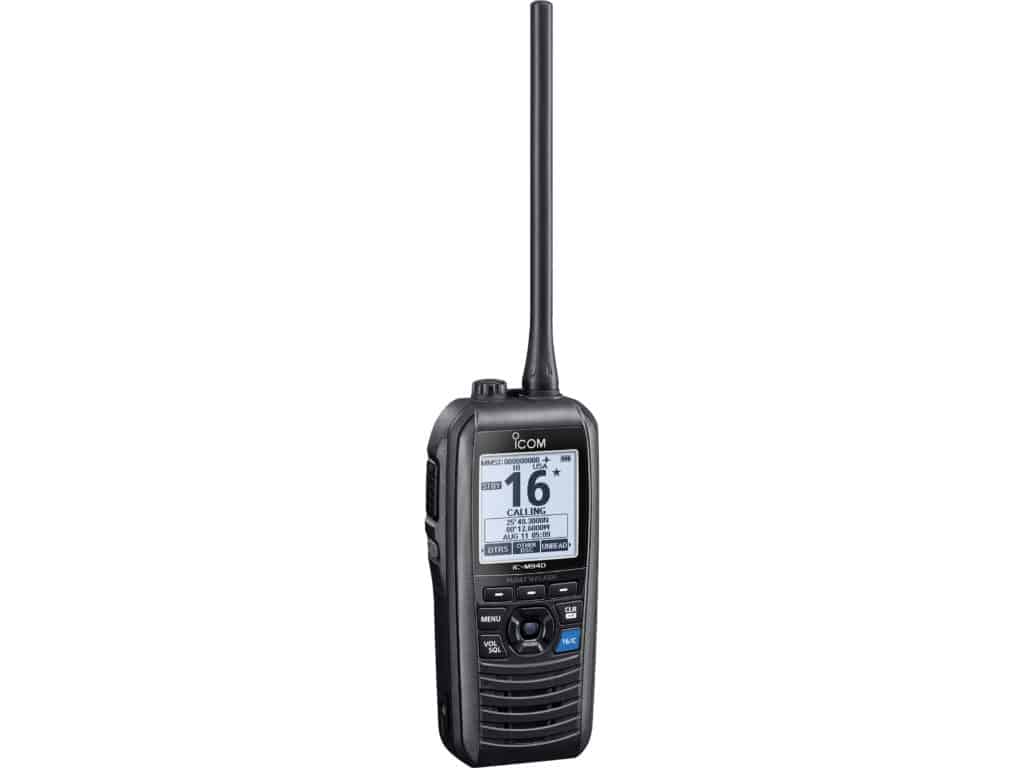
Icom’s new M94D is the first handheld VHF with a built-in AIS receiver. It can display information from AIS-equipped vessels, and offers 6 watts of power, improved acoustic sound clarity, and 10 hours of battery power. You can also assign up to 50 favorite waypoints with the enhanced Navigation feature. The M94D boasts Icom’s Float’n Flash and AquaQuake, keeping it operational if it becomes submerged. $299.99; icomamerica.com
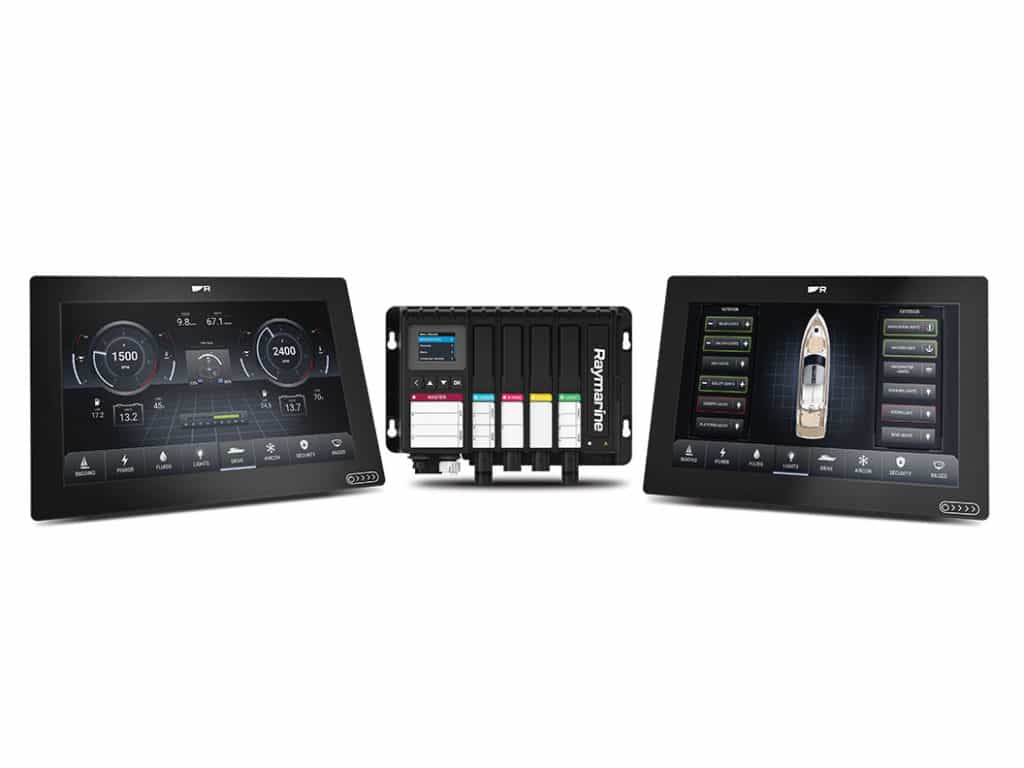
Raymarine YachtSense is a customizable digital control system for boats down to 35 feet in length. Multichannel signal modules complement the master and power-supply modules. They interface with onboard systems such as lighting, pumps and more. A Raymarine Axiom multifunction display serves as a user interface. The master module has a keypad for manual override. Pricing varies with the scope of installation; raymarine.com









